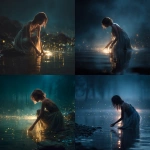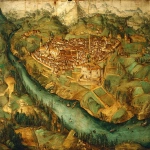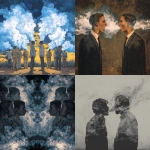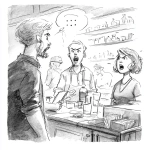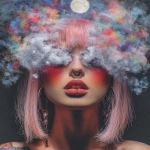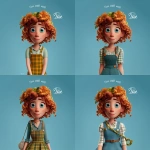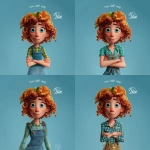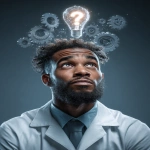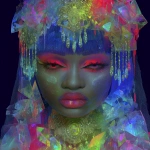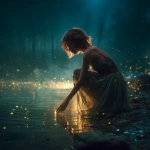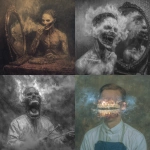Explore the Best AI Image Gallery
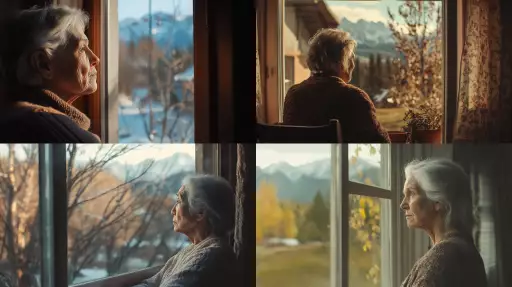
AIs Brushstrokes: Exploring the Impact of Image Creation Tools on the Creative Industry
The creative landscape is undergoing a seismic shift as artificial intelligence (AI) ventures into the realm of image creation. Tools powered by sophisticated algorithms can now generate stunning visuals, from photorealistic landscapes to abstract art, blurring the lines between human and machine creativity. This burgeoning technology is poised to revolutionize various industries, sparking both excitement and apprehension about its implications.
A New Palette of Possibilities
AI image creation tools offer a wide array of applications, empowering individuals and businesses alike.
- Marketing and Advertising: Generate captivating visuals for campaigns, social media content, and product mockups, streamlining the creative process and reducing costs.
- Design and Illustration: Assist designers in conceptualizing ideas, creating prototypes, and refining designs, fostering innovation and accelerating project timelines.
- Entertainment and Gaming: Develop immersive game environments, generate realistic character models, and create breathtaking cinematic sequences, pushing the boundaries of storytelling and visual effects.
- Education and Research: Visualize complex data, create educational materials, and explore scientific concepts through interactive simulations, enhancing learning experiences and fostering deeper understanding.
Ethical Considerations on the Horizon
While AI image creation tools hold immense potential, they also raise important ethical considerations that require careful attention:
- Copyright and Ownership: Questions arise regarding the ownership of AI-generated images, as it is unclear who holds the copyright—the user, the developer of the AI tool, or the AI itself.
- Bias and Representation: AI algorithms are trained on massive datasets, which may contain inherent biases that reflect societal prejudices. This can result in AI-generated images perpetuating harmful stereotypes and reinforcing inequalities.
- Misinformation and Manipulation: The ability to create realistic images raises concerns about the potential for misuse, such as generating fake news, deepfakes, and propaganda, undermining trust and eroding truth.
Shaping the Future of Creativity
The evolution of AI image creation tools is rapidly progressing, with ongoing research exploring new capabilities and addressing ethical challenges. Here are some anticipated future trends:
- Increased Personalization: AI tools will become more adept at tailoring images to individual preferences and needs, enabling users to create unique and customized visuals.
- Enhanced Collaboration: AI can facilitate creative collaboration by providing inspiration, suggesting ideas, and assisting in the design process, bridging gaps between individuals with diverse skillsets.
- Integration with Other Technologies: AI image creation will seamlessly integrate with other technologies, such as virtual reality (VR) and augmented reality (AR), creating immersive experiences and transforming how we interact with content.
Conclusion
AI image creation tools are ushering in a new era of creativity, empowering individuals and industries to explore innovative possibilities. As this technology continues to evolve, it is crucial to engage in thoughtful discussions about its ethical implications and ensure its responsible development and deployment. By embracing the potential while addressing the challenges, we can harness the power of AI to unlock new frontiers in artistic expression and creative innovation.
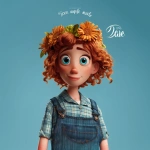
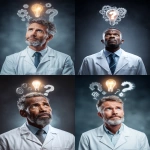
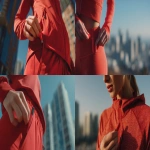
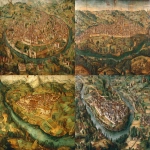
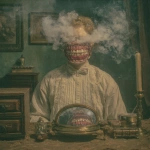

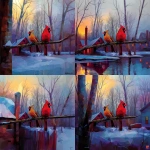
](https://images.ai-img.art/thumbnails/150/e6a179db327f0374ec327d0fdab48ac1f2dc47123eed103b0a41ed346280d07d.webp)
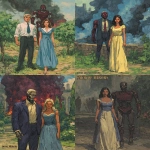
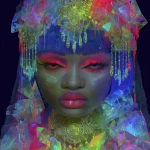

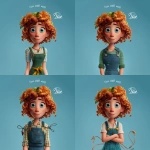
](https://images.ai-img.art/thumbnails/150/26c16e4f635deee86633de398088ca98d9bb748d6e7601436b07e882fab236cb.webp)
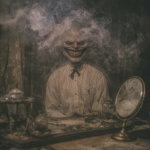
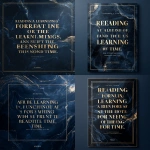


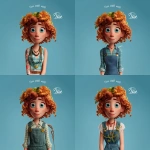
](https://images.ai-img.art/thumbnails/150/1202074d0d60b08b64d0f91f36468608aaac200a02b721cc8e6d8ec8a908432c.webp)

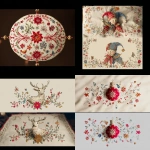
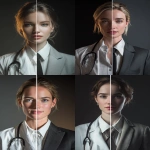

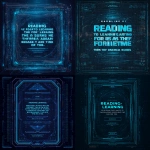

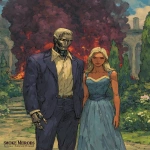

](https://images.ai-img.art/thumbnails/150/6c909fd6d38caac6572b592dd97831deb7d6562bba142798574677582676dfc1.webp)

](https://images.ai-img.art/thumbnails/150/655229c40961cb7ff5abd4b4190e02c94ea1a961106e7547a562649c945268be.webp)
](https://images.ai-img.art/thumbnails/150/60973df1d727dbbf8e6922b7e4836814ab6012106eb9dcfe99aea7aec15f3710.webp)
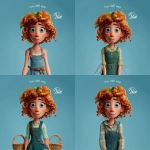
](https://images.ai-img.art/thumbnails/150/184b4b030e30be0a6d51b544226cb4cf2271977814d935d3aaa2b7529355b3b7.webp)

